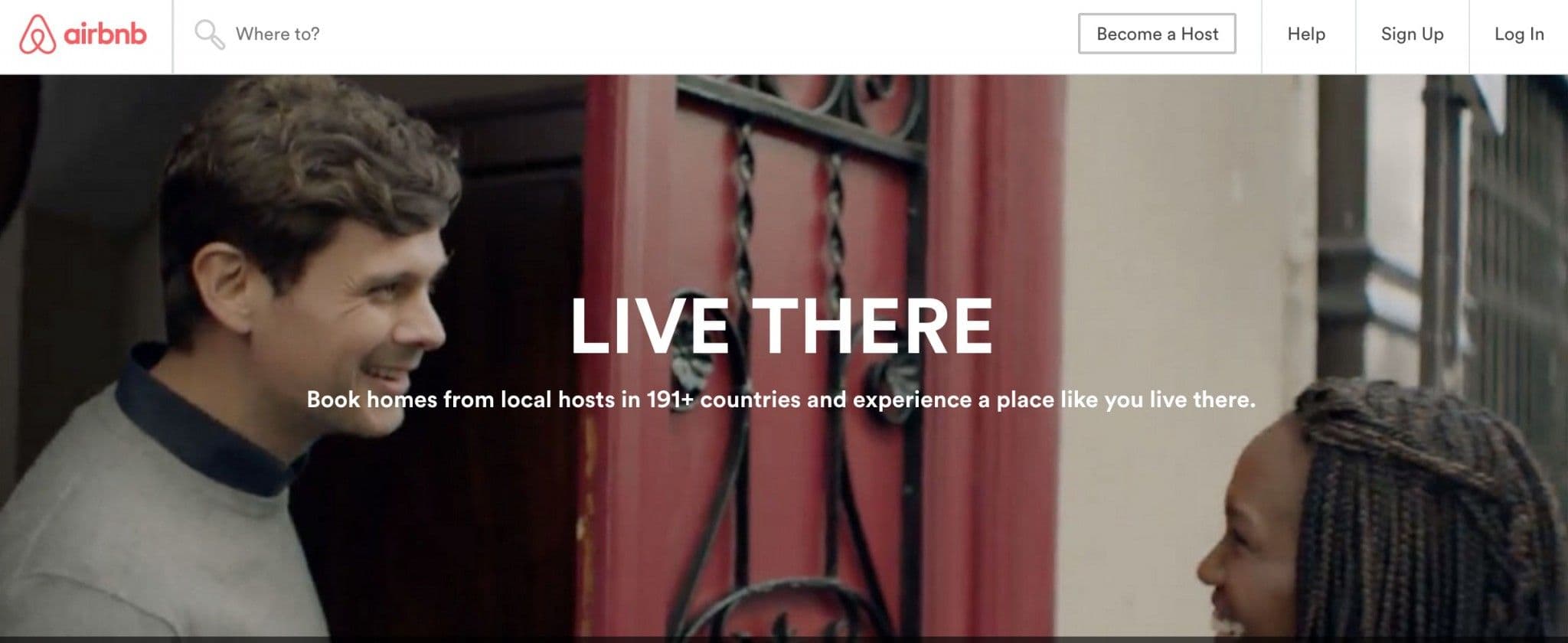User Retention Depends on Your App’s Critical Event
To make your retention metric meaningful, you first have to understand the concept of a critical event.
_This article is an excerpt from the first volume of The Product Analytics Playbook: Mastering Retention.
Retention is the one metric that matters for sustainable growth. The Playbook is a comprehensive guide to understanding user retention that provides a novel framework for analyzing retention at every stage of the user journey. You can find other excerpts from the Playbook here.
The retention metric quantifies how many users return to your application over time; it’s the one metric that matters for sustainable growth of your business.
As Zachary Kinloch, Head of Growth at DoorDash, puts it, “Until you have a strong retention product, there’s no point in focusing elsewhere.”
But it’s important to measure your retention product metrics in a way that makes sense for your product. Users are returning to your app, great–but are they getting to the core value that your app offers? Are they doing something meaningful? Or are the majority of your “retained” users simply opening up your app and doing nothing?
If you count users as retained simply because they opened up the app or logged in, you’re not getting any meaningful insight into your product usage.
To make your retention metric meaningful, you first have to understand the concept of a critical event.
What is a critical event?
A critical event is an action that users take within your app that aligns closely with your core value proposition. Chances are you probably already know what your critical event is—it’s the action that you want to drive your users towards and get them to perform.
Put another way, when you’re measuring retention, the critical event describes the action you want users to perform in order to be counted as truly “active” or “retained.”
This is the same idea as making sure your daily active user (DAU) metric defines “active user” as not someone who just installs an app or logs in, but someone who does an action that is meaningful to the company’s growth.
Example: Airbnb’s critical event
Take the example of Airbnb. If you were measuring Airbnb’s retention numbers, do you really want to count a user as retained if all they do is open up the app and browse listings? Simply opening up the app doesn’t provide any business value to Airbnb, nor does it align with any business objective.
Airbnb’s critical event is making a booking. The company’s growth and success depends on hosts listing accommodations on Airbnb and users booking them.

Other Examples of Critical Events
Here are a few more examples of critical events from a few of our customers. Note how in each instance, the critical event is closely aligned with the core value that the business provides its users.
| What they do | Critical Event |
| Self-guided meditation | Completing a meditation session |
| Lets you find and book nearby fitness and wellness classes | Booking a class |
| Multiplayer mobile game | Playing a game |
| Lets you buy and sell used things near you | Making a purchase |
| On-demand grocery delivery | Making a delivery |
| Lets you share songs on various social media platforms | Sharing a song |
In each of these cases, the retention metric is most useful if it takes into account the users who came back and perform the critical event, within a specified time period.
Can you have more than one critical event?
In most cases, a business will only have one critical event at the crux of its value proposition.
The exception is when a business has several distinct product offerings–think software giants like Adobe–and/or caters to two distinct user groups. Two-sided marketplace apps are a good example of the latter.
Uber, for example, has a user base of drivers and riders; Airbnb has hosts and guests; Etsy has buyers and sellers. The way we define an active user for each of these groups, again, should be based on whether they perform actions that correspond with the product’s core value. It makes sense that user groups that derive very different values from a product should have different critical events and different retention metrics.
Determining your critical event
In order to determine your critical event (and you may already have an idea of what it is), here are some things you should ask yourself:
- Does your app have different product offerings? If so, what are they? What are your success metrics for each?
- Does your app have distinct groups of users? If so, how do they differ in the way they use your product? What value does each group get?
- What is the one action that you want a user to do every time they open your app?
- What metric(s) do you care about as a company? What are you ultimately trying to drive up? Which user actions can be tied to that metric?
Tying retention to your growth goals
Retention underlies sustainable growth, but only if you tie it to your growth goals.
To get real meaning out of your retention metric, you should count users as retained only if they returned and performed a meaningful, critical event–not if they just “showed up.”
Once you’ve determined your critical event, the next step is to ask yourself when you expect users to come back to perform this event in order to be retained. This depends on your product’s usage frequency–a concept we’ll talk about in more detail next week.
Missed our earlier Retention Playbook posts? Check them out here:
- Why You Need A Mobile Analytics Playbook
- 3 Ways To Measure User Retention
- When Should You Start Thinking About Retention?
- How To Audit Your Analytics
photo credit: WOCinTech Chat

Archana Madhavan
Senior Learning Experience Designer, Amplitude
Archana is a Senior Learning Experience Designer on the Customer Education team at Amplitude. She develops educational content and courses to help Amplitude users better analyze their customer data to build better products.
More from Archana




